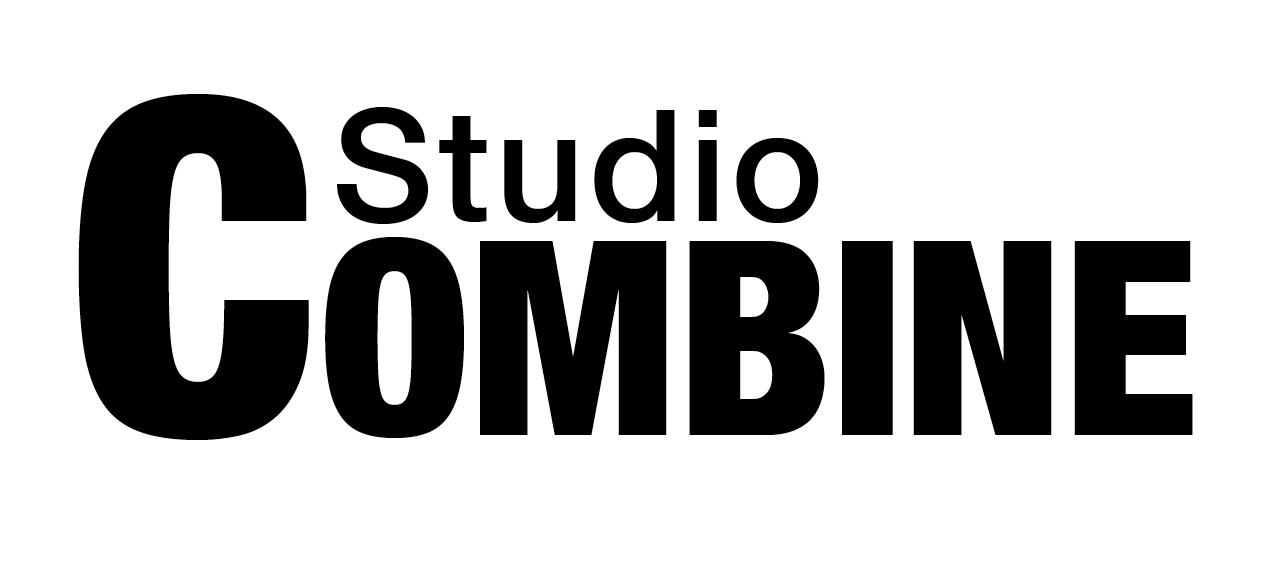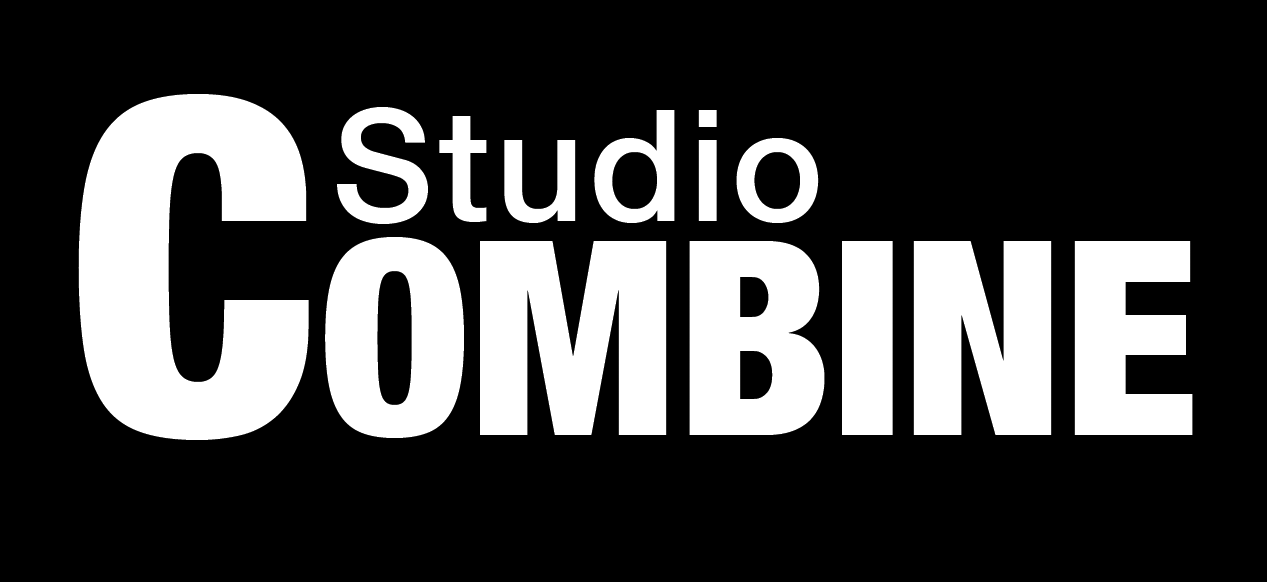Engaging Process
Studio Combine thrives on complex problem-solving. Each project is different. Our mission is to guide flexible, site-sensitive design solutions that optimize program potential. We listen closely, test vigorously, and distill each iteration of discovery and exploration with clear, easily legible graphics. Internal rigor smooths the process for the rest of the project team. Discussions, workshops, and design reviews are accessible and productive. In our experience, cool heads and proven competence fosters team-wide comraderie and a shared can-do attitude, no matter how daunting the task.
Community Engagement and Accessibility
Architecture should excel at accessibility and foster engagement. The two are complementary concepts. Accessibility is a gentle invitation; barrier-free and non-intimidating. Engagement is a playful provocation; a curiosity-coaxing call for response.
Community engagement–through workshops, presentations, and Q&A sessions—can fuel a project’s success long after completion. People care and tend to respond well to attentive listeners. ‘Stakeholder’ as a term should be broadly considered. We love meeting people and facilitating structured discussion. Soliciting input and considering it earnestly does not lead to ‘design by committee’; rather, it informs creativity and helps us chart a path to consensus.
We study site intensely using two complementary methods.
Method One: Analysis
We have access to an ever-growing quantification toolkit that allow us to distill and overlay categorized information. With a little digging we can pull up LiDAR topography, historical documentation, annual sun path, prevailing winds, climatic tendencies, dominant circulation patterns, population density, flood plains, etc. You name it. GIS. Big data. Readily available, tricky to make useful. Can look super impressive on a piece of paper if you don’t know what you’re looking for.
Method Two: Tentative Design
Our most productive learning comes from imaginary pushing and probing. We run highly invasive tests in plan, section, model, etc that harm no animals, plants, or people. We use design studies to test a site’s pain point and tease out its compatibilities with all the big questions we can come up with. It’s like an extended game of 21 questions using lines and arrows. Or shadow-boxing a well-scouted specter.



